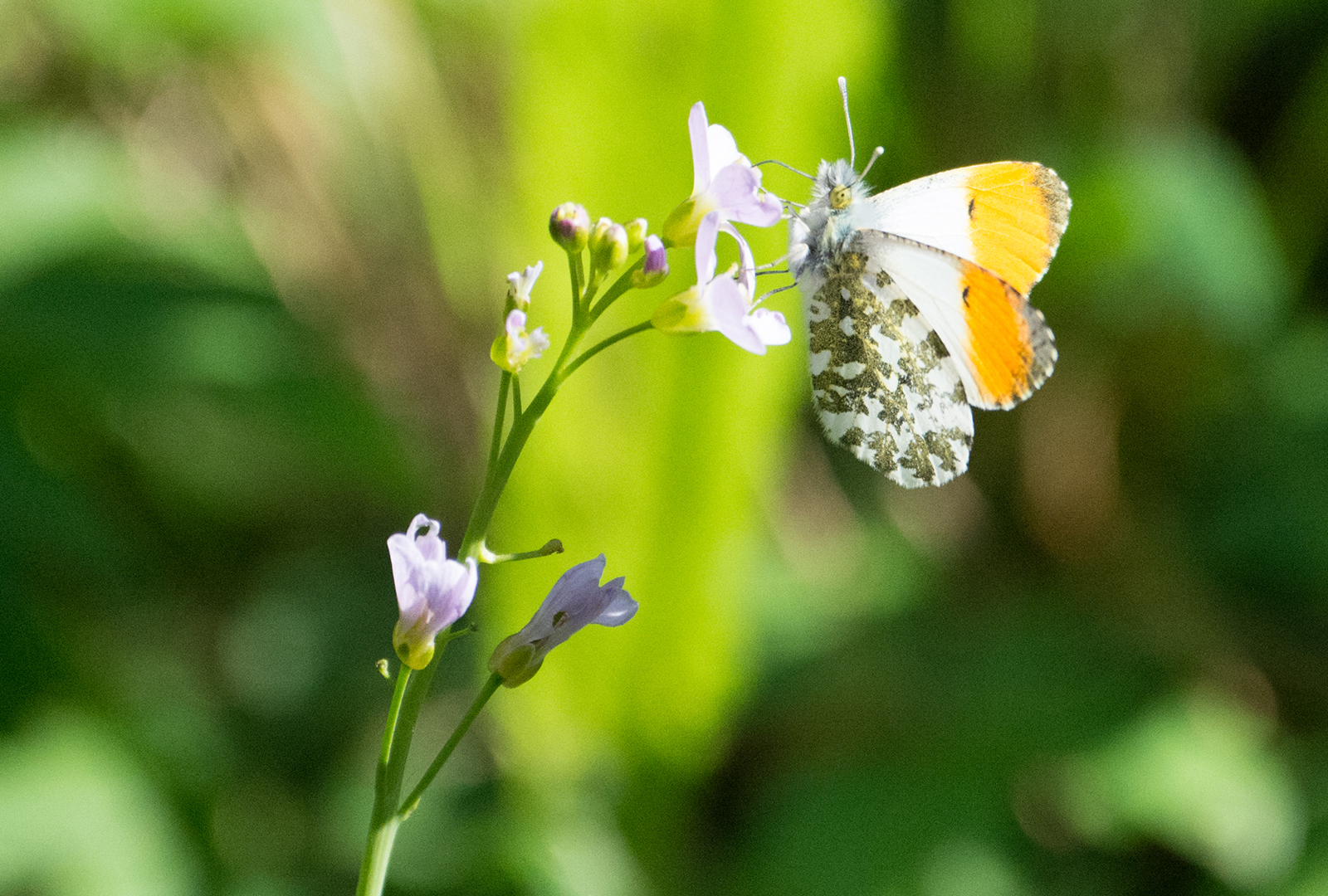
The whole team at Country Life are enormous fans of the wild flowers which spring up around the country at this time of year — and it seems our readers are too, since our guide to the wildflowers of Britain is one of the most perennially-popular pieces on the website.
It's a real pleasure, then, to come across as pretty a new book as The Little Book of Wild Flowers, by Caz Buckingham and Andrea Pinnington. The pair founded Fine Feather Press in 2010, and to-date have collaborated on over 40 Nature books titles. Here, to mark the appearance of their latest tome, we asked them to pick out five of their absolute favourite wild flowers from the dozens that appear within its pages.
Rosebay willowherb Chamerion angustifolium
We love the tapering and stately shape of this tall pink flower not least for the fact that it turns a flaming gold and red in the autumn. It isn't everyone's favourite because it spreads so easily, producing huge quantities of tiny, fluffy seeds each year.
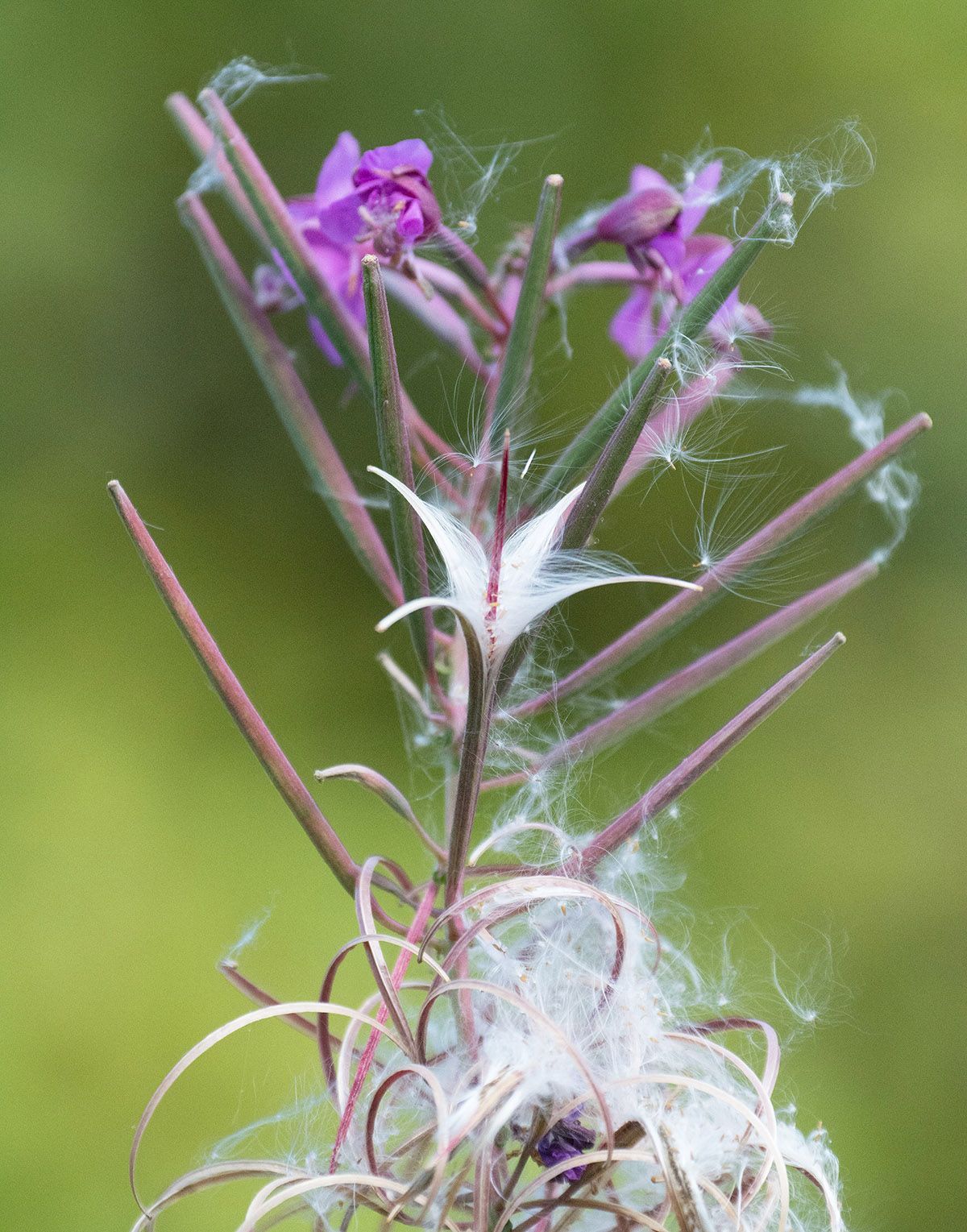
Rosebay willowherb. ©Caz Buckingham / Fine Feather Press
What we didn't realise before making the book was that rosebay willowherb became known as 'bombweed' after World War II, as it was quick to grow in among bomb-blasted ruins.
Cuckooflower Cardamine pratensis
It is a real spring treat to see these pale-lilac flowers in their damp, grassy meadow and woodland habitats. We chose this plant not just for its beauty but also for the wonderful butterflies it attracts.

Cuckooflower ©Caz Buckingham / Fine Feather Press
This is a male orange-tip feeding on this early source of nectar. It may seem to be an impossible task, but it is quite easy to spot this butterfly's small bright orange eggs laid singly on cuckooflower stems.
Bluebell Hyacinthoides non-scripta
There are so many fabulous woodland flowers — primroses, ramsons, wood anemones — yet for a full sensory experience, the bluebell is hard to beat. Few flowers cover the ground so completely or smell as sweet and the fact that they are a sign that you are in ancient woodland gives them an added caché.
Exquisite houses, the beauty of Nature, and how to get the most from your life, straight to your inbox.
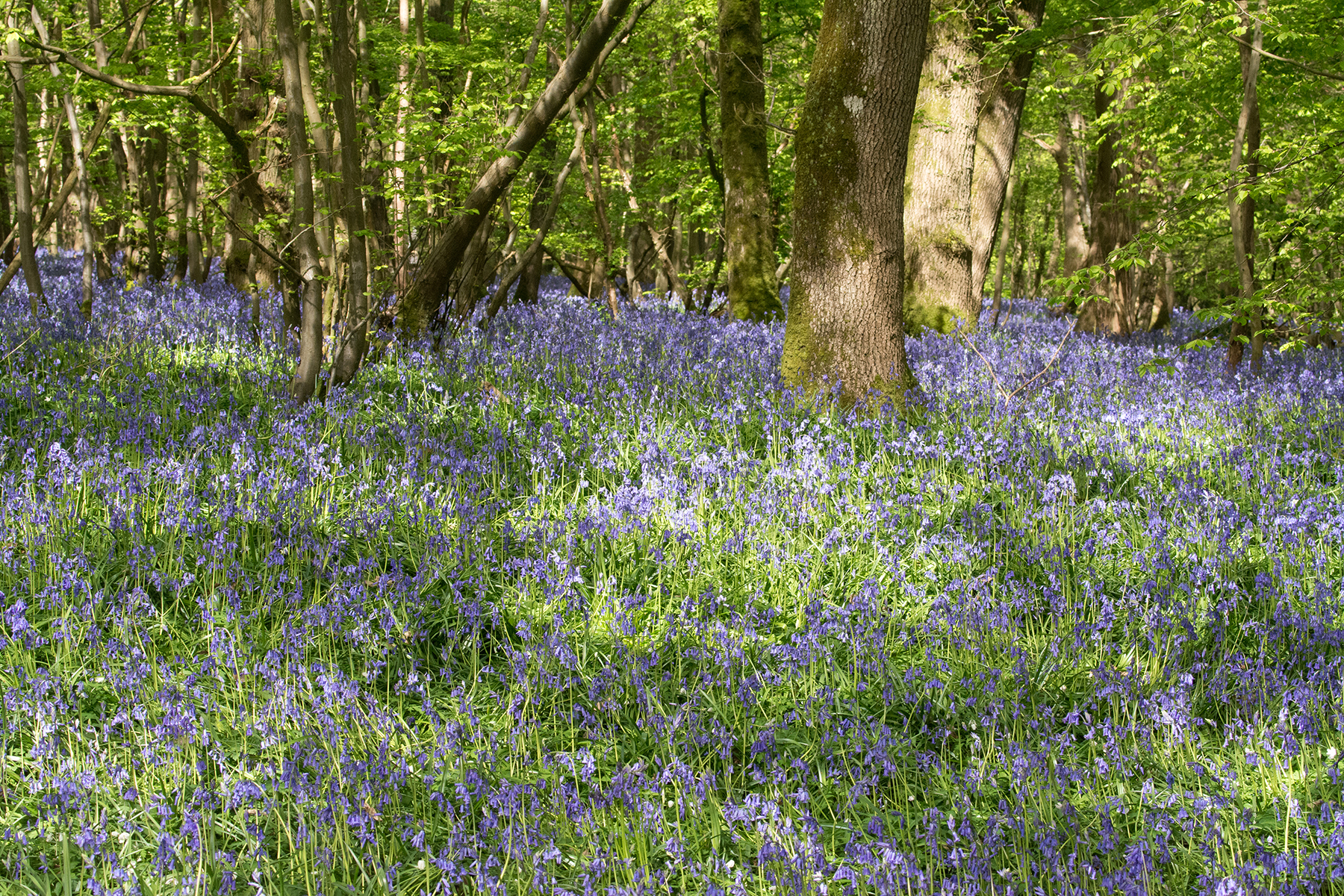
Bluebell wood. ©Caz Buckingham / Fine Feather PressAndrea's research led her to discover many flower-related legends and, apparently, fairies will lead you astray if you pick bluebells, which is good to know especially as it is against the law!
Wild Teasel Dipsacus fullonum
Caz is the design-half of our nature book partnership and this is her stand-out favourite for its spiky architectural gorgeousness as well as for all the unexpected facts we both discovered about it. For example, did you know that it has carnivorous tendencies? Clasping the stem are pairs of leaves where water collects.
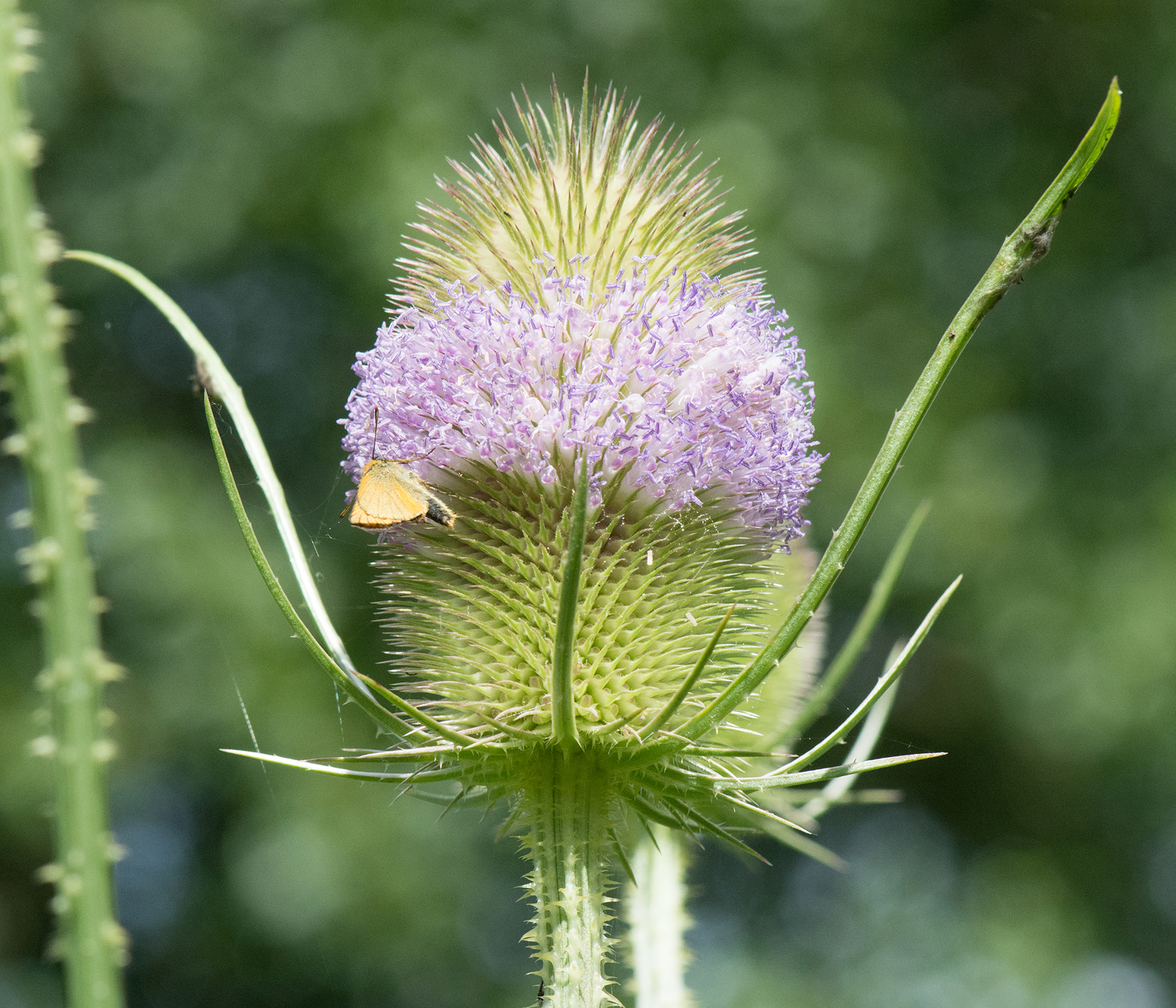
Wild teasel ©Caz Buckingham / Fine Feather Press
Insects fall into these traps and die, and the teasel then absorbs their nutrients, helping it to increase its seed production. Also, did you know that teasels used to be cultivated and used to "tease" out woollen fibres.
Common Bird's-foot-trefoil Lotus corniculatus
This is the lowest-growing of our wild flower shortlist and it would be easy to miss except for the fact that it is bright yellow. Plantlife, the conservation charity that we have teamed up with to produce the book, run a vital nationwide campaign to delay verges being cut by councils in order to protect the wild flowers growing on them.
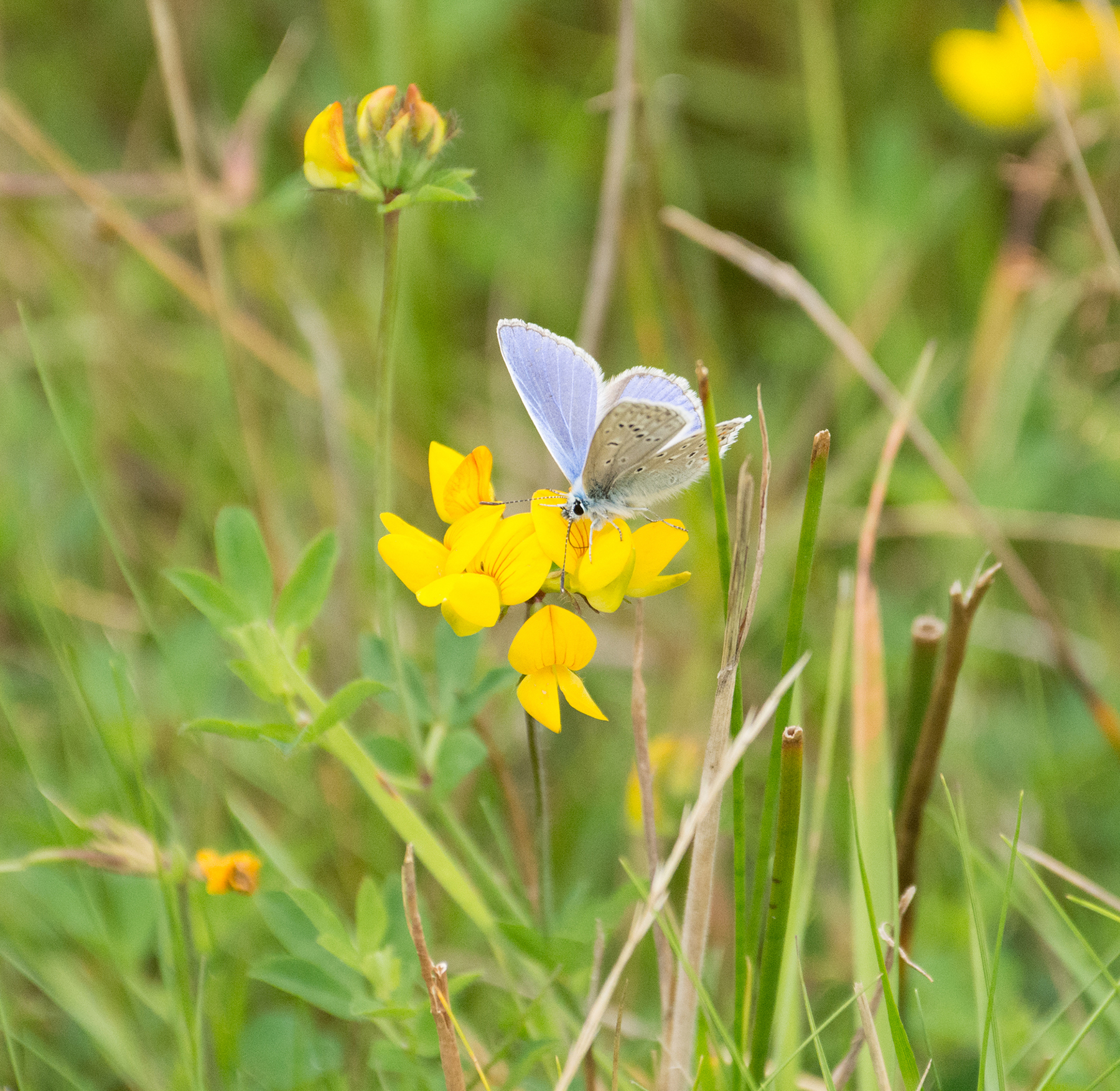
Common Bird's-foot-trefoil ©Caz Buckingham / Fine Feather Press
This campaign is close to our hearts and the common bird's-foot-trefoil is one of the key species to benefit from their "cut less, cut later" lobbying.
The Little Book of Wild Flowers by Andrea Pinnington and Caz Buckingham, in association with Plantlife, is out now priced £7.99.

A simple guide to the wildflowers of Britain
At long last Spring seems to be here — and with it, the natural flora that give so much pleasure.

Lavender surrounded by wildflower meadows in the Cotswolds.
The grand plan to re-seed the Cotswolds with endless carpets of wildflowers
Wildflower meadows were once abundant in the Cotswolds, making up 40% of its landscape. Today, it's around 1.5% — but an
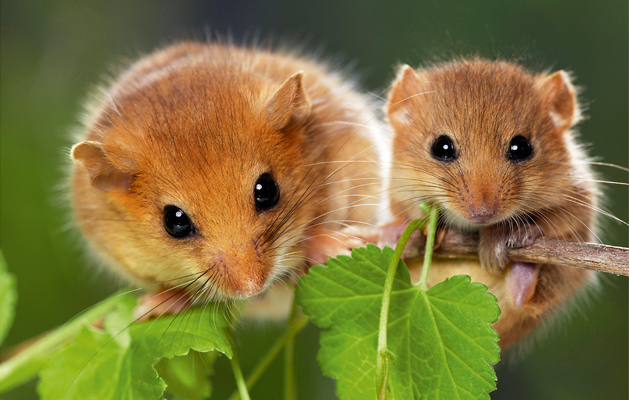
Credit: Alamy
11 fascinating facts about the hazel dormouse
With this shy litle creature being reintroduced into woodland areas in an attempt to halt its extinction, we reveal 11
Toby Keel is Country Life's Digital Director, and has been running the website and social media channels since 2016. A former sports journalist, he writes about property, cars, lifestyle, travel, nature.

